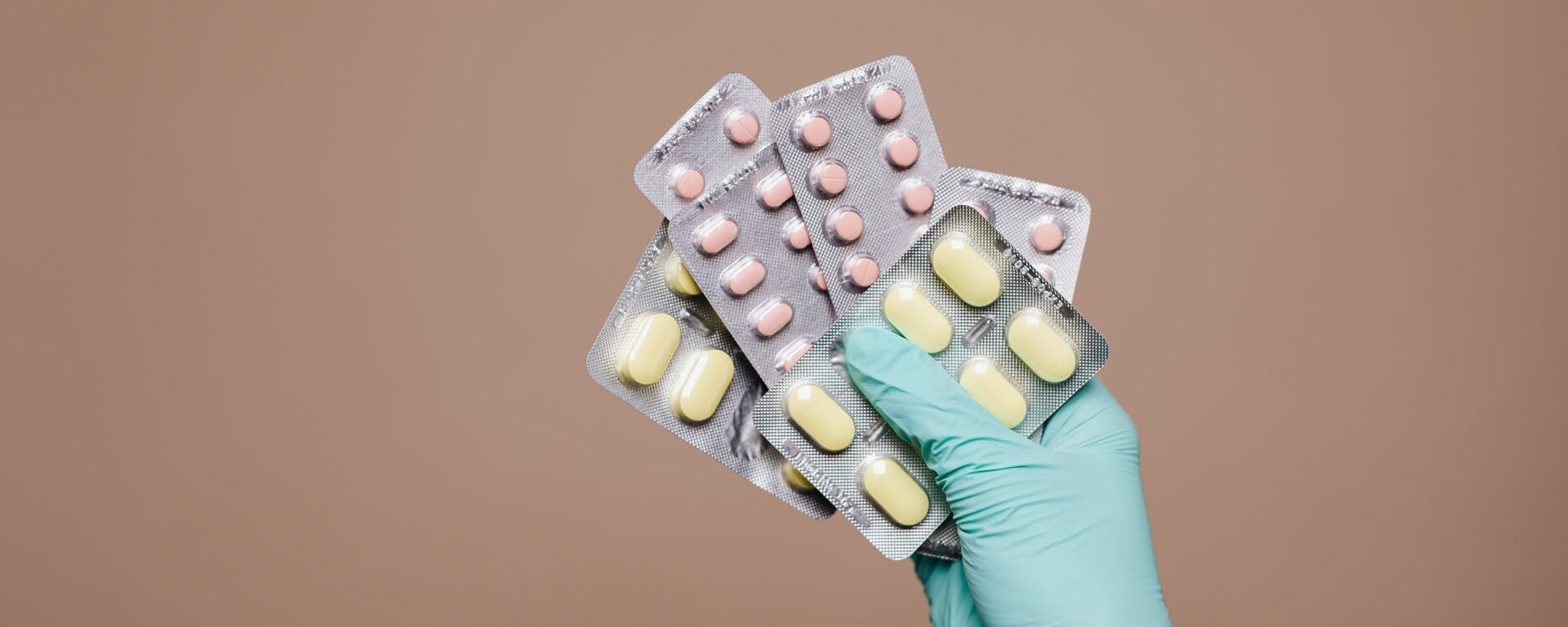Production Linked Incentive (PLI) Scheme, 2020

“The purpose of the pharmaceutical industry is to bring patients innovative new therapies that help them to live longer, healthier lives”
–Ian C. Read
The pharmaceutical industry around the globe consists of millions of people working to prioritize healthier lives. India stands as the third-largest pharmaceutical industry (production linked incentive scheme pharma) in terms of volume and USD 40 billion in terms of value. The country contributes 3.5% to the total global export of drugs and medicines which includes exporting to highly regulated markets such as the USA, the UK, European Union, Canada, etc. India has a complete ecosystem for developing and manufacturing pharmaceuticals with companies having state-of-the-art facilities, highly skilled and technical manpower, etc. Adding to this, the country also promotes pharmaceutical education and research in renowned institutes and a robust ecosystem of allied industries.
At present, a major component of Indian exports is low-value generic drugs while a large proportion of the demand for patented drugs is met through imports. The current scenario exists due to a lack of high value production along with world class R&D in the pharma sector. In order to incentivize the global and domestic players and to attract more investments and production, a well-designed and suitable target intervention is required. Adding to this, continuous support to domestic production capabilities in APIs/KMSs would ensure higher resilience of the Indian pharmaceutical industry to external shocks. These initiatives have the potential to contribute significantly to achieving the higher objective of affordable healthcare in the country and globally.
Accordingly, the Ministry of Chemicals and Fertilizers (Department Of Pharmaceuticals) issued notification dated 3rd March 2021 vide No. 31026/60/2020 policy on Production Linked Incentive Scheme (PLI) for Pharmaceuticals.
Objective
The objective of the scheme is in two folds. The first one being enhancing countries manufacturing capabilities by increasing investments and production and also by contributing to product diversification to high value goods in this sector. The second objective of the scheme is to create global champions from India who display the potential to grow in size and scale by using cutting edge technology.
Salient Features
- Target Groups: The manufacturers of pharmaceutical goods registered in India under this scheme would be divided into three groups on the basis of their Global Manufacturing Revenue (GMR) to ensure wider applicability of the scheme and parallelly meeting its objective.
The qualifying criterion of the three groups of applicants will be as follows:
Group A: Applicants having GMR (FY 2019-20) of pharmaceutical goods more than or equal to Rs. 5000 crore.
Group B: Applicants having GMR (FY2019-20) of pharmaceutical goods between Rs 500 crore (inclusive) and Rs. 5,000 crore.
Group C: Applicants having GMR (FY 2019-20) of pharmaceutical goods less than Rs. 500 crore. Within this group, a sub group for the MSME industry will be made given their specific challenges and circumstance.
- Quantum of Incentive: The total quantum of incentive (inclusive of administrative expenditure) under the scheme is nearly Rs. 15,000 crore. The incentive allocation among the target groups is (a) Group A: Rs 11,000 crore. (b) Group B: Rs 2,250 crore (c) Group C: Rs 1,750 crore.
- Rate of Incentive: The rate of incentive on incremental sales (over the base year) [1]of pharmaceutical goods covered under category 1&2 will be 10% for FY 2022-23 to FY 2025-26, 8% for 2026-27 and 6% for 2027-28. The rate of incentive on incremental sales under category-3 will be 5% for FY 2025-26, 4% for 2026-27 and 3% for 2027-28. The incentive per participant will be subjected to a ceiling which will be specified later in the guidelines.
- Categories of the goods
Category 1
Biopharmaceuticals; Complex generic drugs; Patented drugs or drugs nearing patent expiry; Cell based or gene therapy drugs; Orphan drugs; Special empty capsules like HPMC, Pullulan, enteric, etc.; Complex excipients; Phyto-pharmaceuticals: Other drugs as approved.
Category 2
Active Pharmaceutical Ingredients / Key Starting Materials / Drug Intermediates.
Category 3
Repurposed drugs; auto immune drugs, anti-cancer drugs, anti-diabetic drugs, anti-infective drugs, cardiovascular drugs, psychotropic drugs and anti-retroviral drugs; In vitro diagnostic devices; Other drugs as approved; Other drugs not manufactured in India.
- Selection of Participants: The applicants will be selected on the basis of pre-defined objective criteria to assess their experience, capacity to grow in scale and innovate, which shall be elaborated in the guidelines of the scheme. The selected participants will be eligible for the scheme based on yearly threshold criteria of minimum cumulative investment and minimum percentage growth in sales.
- Tenure of the Scheme: The duration of the scheme will be from FY 2020-21 to FY 2028-29. This includes the period for processing of the application (FY 2020-21), optional gestation period of one year (FY 2021-22), incentive for 6 years and FY 2028-29 for disbursal of incentive for sales of FY 2027-28. The total incentive outlay is estimated based on projected incremental sales of the identified pharmaceutical goods by the selected participants. The gestation period of one year may be availed after the date of approval.
[1] Financial Year 2019-21 shall be treated as the base year for computation of incremental sales of manufacturing goods.
[2]Production linked incentive scheme pharma
Contributed By – Sanjay Kumar, Partner – Pharma & Life Sciences
King Stubb & Kasiva,
Advocates & Attorneys
New Delhi | Mumbai | Bangalore | Chennai | Hyderabad | Kochi
Tel: +91 11 41032969 | Email: info@ksandk.com
DISCLAIMER: The article is intended for general guidance purpose only and is not intended to constitute, and should not be taken as legal advice. The readers are advised to consult competent professionals in their own judgment before acting on the basis of any information provided hereby.
By entering the email address you agree to our Privacy Policy.